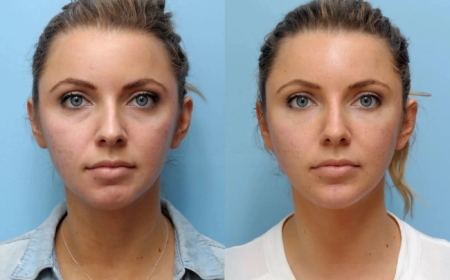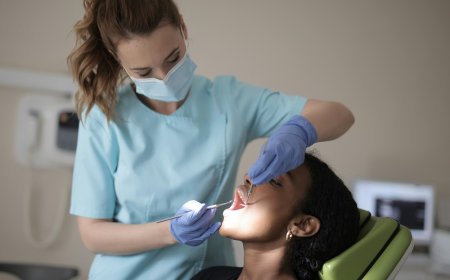Medical Student Suicide: Breaking Down the Alarming Statistics and Prevention Strategies
Shocking medical student suicide statistics reveal a mental health crisis. Learn prevention strategies that institutions and students can implement today.

The medical education system produces skilled physicians, but at a devastating cost: an alarming prevalence ofmedical student suicide. Recent studies reveal that medical students experience depression at rates 2-5 times higher than the general population, with suicide being a leading cause of death.
This article examinesmedical student suicide statisticsand explores actionableprevention strategiesthat institutions, educators, and peers can implement. By understanding the scope of this crisis and adopting proactive measures, we can work toward a healthier future for aspiring physicians.
The Shocking Reality: Medical Student Suicide Statistics
Research paints a grim picture of mental health in medical education:
-
28% of medical students experience depression(JAMA, 2016)
-
11% report suicidal ideationduring medical school (Academic Medicine, 2020)
-
Physicians die by suicide at 1.4-2.3x the general population rate(AAMC, 2022)
Thesemedical student suicide statisticsreveal a systemic crisis demanding urgent attention.
Why Are Medical Students at Higher Risk?
Multiple factors contribute tomedical student suicidevulnerability:
1. Academic Pressure & Sleep Deprivation
-
80+ hour work weeks
-
"Perfect performance" expectations
2. Stigma Around Mental Health Help-Seeking
-
Fear of professional consequences
-
"Weakness" stereotypes
3. Isolation & Competitive Environments
-
Reduced social support networks
-
Normalization of suffering
Read also: Breaking Down Suicide Statistics Among Medical Students & Physicians
4 Key Prevention Strategies for Medical Schools
Addressingmedical student suiciderequires institutional changes:
1. Mandatory Mental Health Screenings
-
Implement regular, confidential depression screenings
-
Remove barriers to counseling services
2. Curriculum Reform
-
Reduce unnecessary academic stressors
-
Integrate wellness training (mindfulness, coping skills)
3. Peer Support Programs
-
Create "buddy systems" for vulnerable students
-
Train students in suicide risk recognition
4. Faculty Mental Health Training
-
Teach educators to identify at-risk students
-
Destigmatize help-seeking behaviors
What Students Can Do: Self-Protection Strategies
While systemic change is crucial, individual actions matter inmedical student suicide prevention:
-
Normalize Therapy:Seek counseling before crises emerge
-
Build Support Networks:Form study groups with emotional check-ins
-
Set Boundaries:Protect sleep and personal time non-negotiably
-
Use Crisis Resources:Save the 988 Suicide & Crisis Lifeline
Breaking the Silence: How to Talk About Medical Student Suicide
Conversations must shift from hushed whispers to open dialogue:
-
Institutions:Publish transparent mental health data
-
Faculty:Share personal mental health journeys
-
Students:Voice struggles without shame
Silence fuels the crisisvulnerability saves lives.
Read also: How to Handle Academic Pressure in Medical School
Conclusion: A Call to Action on Medical Student Suicide
Themedical student suicideepidemic wont resolve without collective effort. By implementingprevention strategiesat the institutional and individual levels, we can:
-
Reduce unnecessary academic toxicity
-
Create cultures where seeking help is a strength
-
Ultimately save lives







































